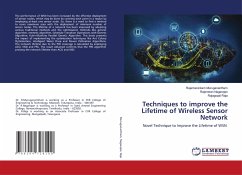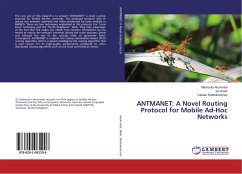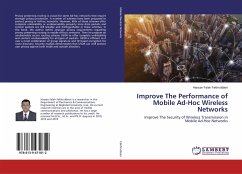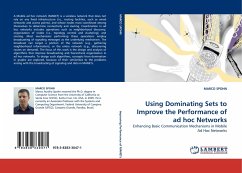The performance of WSN has been increased by the effective deployment of sensor nodes, which may be done by covering each point in a region by employing at-least one sensor node. So, there is a need to find a method to cover maximum area with the deployment of minimum number of sensor nodes. The lifetime of a network has been improved by adopting various traditional methods and the optimization methods like genetic algorithm, memetic algorithm, Schedule Transition Operations with Genetic Algorithm, Kuhn-Munkres Parallel Genetic Algorithm. This book presents the impact of implementing the optimization techniques like Ant Colony Optimization, Intelligent Water Drop and Flower Pollination Algorithms. The network lifetime due to the POI coverage is calculated by employing ACO, IWD and FPA. The result obtained confirms that the FPA algorithm prolong the network lifetime than ACO and IWD.
Bitte wählen Sie Ihr Anliegen aus.
Rechnungen
Retourenschein anfordern
Bestellstatus
Storno








